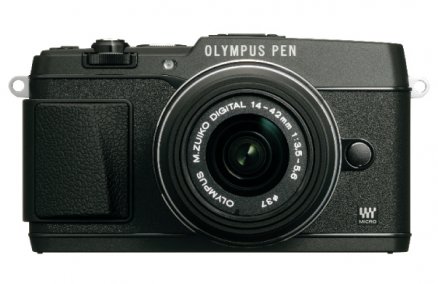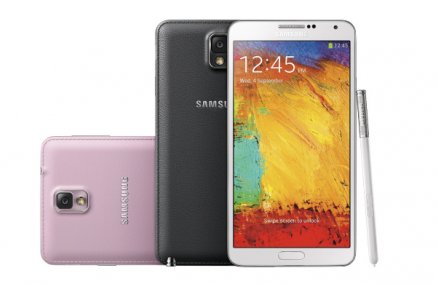After spending big baht on the latest digital music player, what do most people do? Listen to their music with stock earphones. That’s the greatest disservice you can do to your flashy gadget. Just as large-capacity players are expanding the concept of “music on the go” to “music library on the go,” having your music collection with you all the time is changing the way many people are listening to music. What are your options? There are different categories of design, typically separated into open-air phones, sealed headphones and in-canal earphones.
Burn, Baby, Burn
Really anal audiophiles “burn in” their phones. Think of it as warming up before jogging, seasoning your shoes or breaking in a new car engine. While this has not been technically proven to enhance sound quality, most audiophiles swear by it. The rule of thumb is to not judge your phones till at least one or two weeks after you start using them. That equates to approximately 100 hours of burn time. You don’t have to set aside time to do that of course, just give your phones a chance to grow into the sound.
You can go into as many details as there are audible frequencies when dissecting the qualities of phones and picking the right one for yourself. But when you shut out the audio babble like “bright,” “tinny,” “dark,” “punch,” “boom,” and the colors of the spectrum, all that matters is what works for your ears. Just make sure they’re not blocked.
Bang & Olufsen A8 Headphones, B6,500, Bang & Olufsen, 1/F, CRC Reatail Center, All Seasons Place, Wireless Rd., 02-685-3671/-3.
Leaky Ears
Open-air phones leak sound into the environment. On that note, they also let sound into your ears—convenient if you don’t want to become road kill while jogging. The unfortunate side effect is that the listener more often than not turns up the volume to compensate for external disturbances, inadvertently damaging his/her hearing.
Music sharing might be the in thing these days, but we don’t advocate sharing your music with every commuter within hearing radius. And as much as you love it, no one else is going to head bang to the stuff coming out of your ears. The culprits are commonly the aforementioned stock earphones that come with your music players. Sound quality is often tinny, bright, and you can forget about bass. Do yourself and your fellow commuters a favor: Leave the earphones sealed in the box—that’s where they belong.
Sony, B1,990, Sony Style, 3/F, Siam Paragon, 02-610-9666.
Airtight Ears
Sealed headphones are what most audiophiles go for. As the name suggests, these create seals—the ear cups completely engulf your ears. Perspiring within the confines of the ear cups is a drawback, but the seals dramatically reduce noise, giving the impression that it’s just you and your music. Sound quality is naturally better than your typical open-air phones. It’s usually fuller, richer and you can hear more. All of a sudden, bass is a palpable presence.
Walking around with sealed phones feels like you’re living in a music video—people go about their business to your chosen soundtrack. Really good sealed phones will have you forgetting about your destination.
Bose Tripod Headphones, B7,918, Bose, 2/F, Siam Paragon, 02-129-4301/-4.
In Your Ears
In-ear or in-canal earphones have become common in the past few years. Also known as ear buds, these earphones usually have soft rubber or silicon ear tips and are small enough to stick right into your ear canals. The seals created are almost airtight, and in some cases, better than sealed headphones. You get the same rich aural experience as the sealed headphones sans ear cups, headband, weight and perspiration. Sound is usually clear with deep bass, and the aural space is more defined.
A high-end variation of in-ear earphones are the in-ear monitors (IEMs). “Monitors” are reference speakers which are used to, well, monitor music. It’s what the studio wizards need for the clearest music reproduction when working their magic. IEMs have even better seals than in-ear earphones because they come with different ear tips for your individual comfort and preference. Spend more and you have the option of making ear tips custom molded to your ear canals. But be warned: The ear tips can get left behind in your ear canal if you yank out your IEMs hastily. Keep a pair of tweezers handy.
Top-of-the-line IEMs have dual drivers—one for low frequencies, another for high frequencies—and mid frequencies are shared between them. They also have crossover circuits so that frequencies are channeled to the right drivers. Listening to music with IEMs is like tunneling a set of subwoofers and tweeters into your ears—the soundstage feels like it’s inside your head.
Sony, B1,690, Sony Style, 3/F, Siam Paragon, 02-610-9666.
Advertisement















